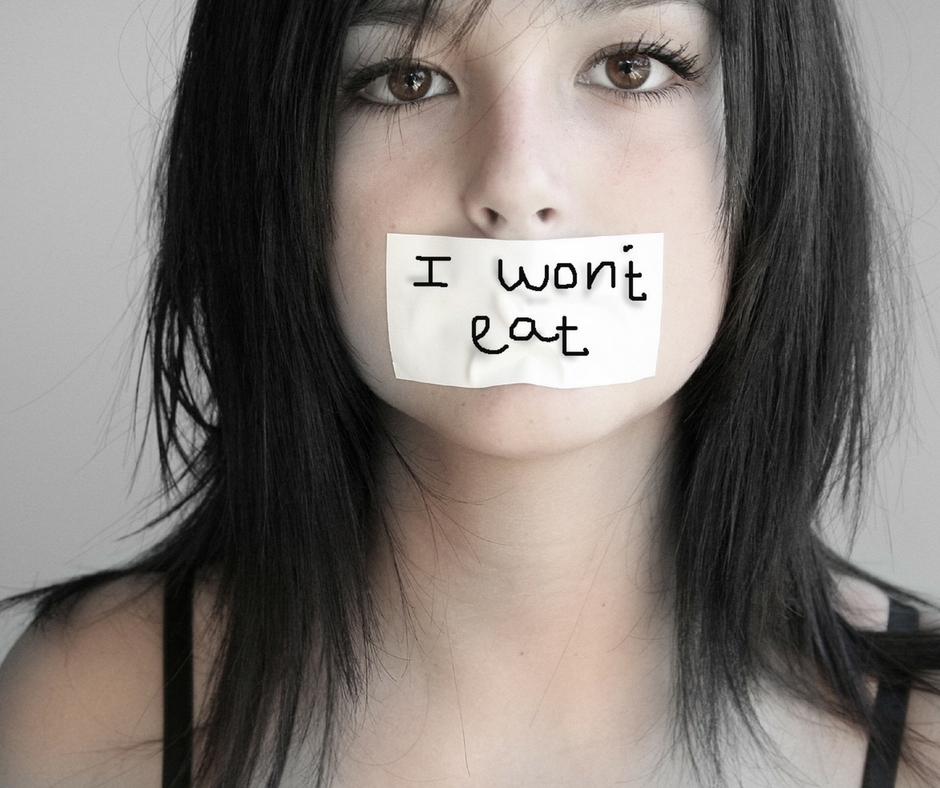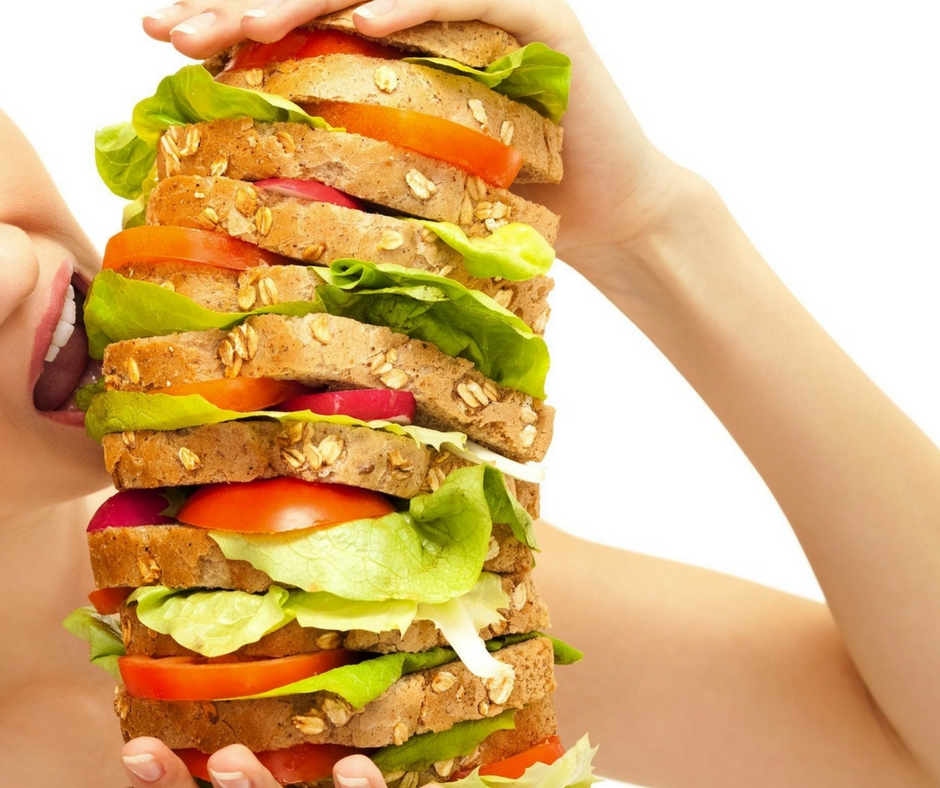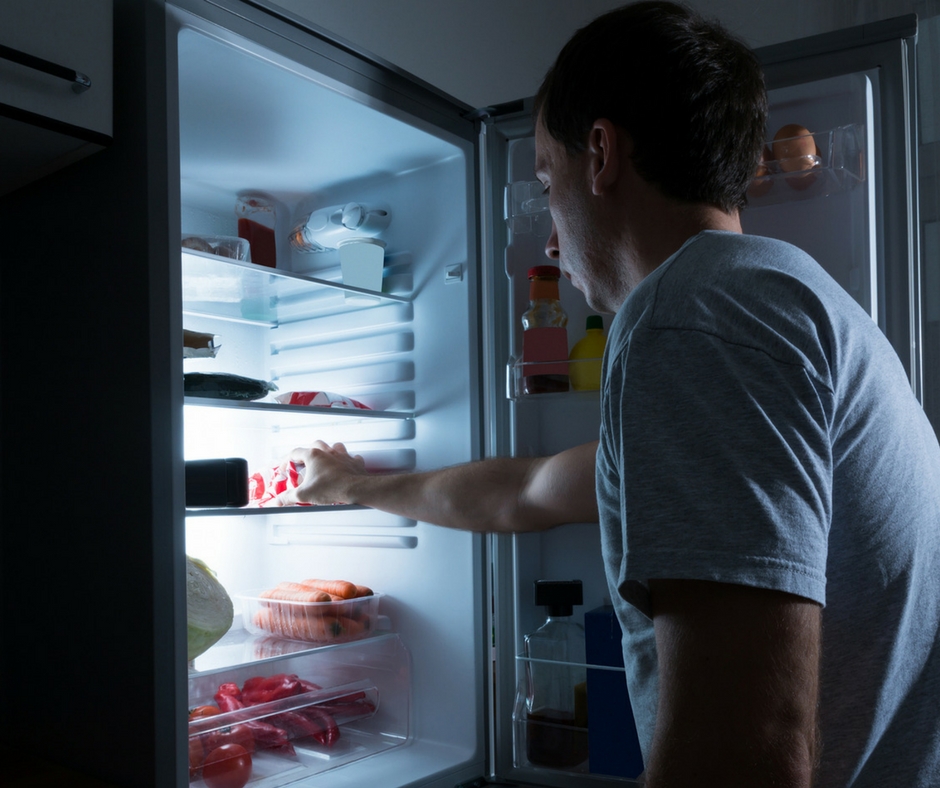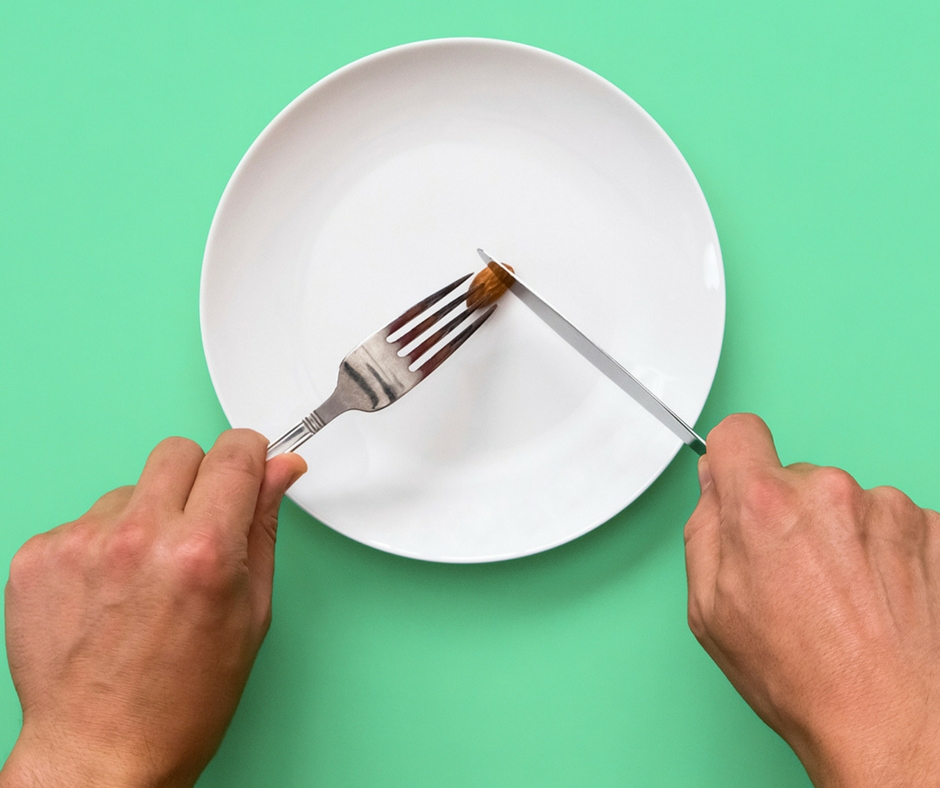10 Different Eating Disorders, How to Spot Them and Why They're So Dangerous
Eating disorders have the highest mortality rate out of any mental health disorder. Even more than extreme depression. A common misconception about eating disorders is that they only affect women, but the reality is that 15% of people with diagnosed eating disorders are men. This doesn’t seem like a large amount but it’s ascertained that many men don’t come forward because of stigmas. Only 1 in 10 people with an eating disorder seek treatment so whether you’re a worried parent, a concerned friend or have suspicions about your own behavior, these are the different eating disorders and the signs to watch out for.
Anorexia Nervosa

Skipping meals or extreme dieting is extremely hazardous and although dieting can be unhealthy, anorexia can kill you. Unhealthy body standards in our society create a hazardous environment for women and especially teens. One in two hundred women in America has anorexia, with most scientists and sociologists making a connection between anorexia and the pressure from society to lose weight. Anorexia Nervosa is an extreme lack of food and therefore nutrition and fuel to run the basic functions in the body.
If the person in question is below the range of underweight for their height then they are at a major risk. For women, anorexia can cause a complete discontinuation of menstrual periods and increases the risk of heart attack and disease. If a person is skipping meals or making excuses in order to not eat, they may be purposefully restricting themselves to an unhealthy caloric intake.
Bulimia Nervosa

Binging and purging is harder to spot than anorexia or binge eating but it is still hazardous none the less. Bulimia is hard to spot because many people maintain a ‘healthy’ weight but bulimia is still destructive and can lead to a more obvious eating disorder like anorexia or binge eating. Bulimia involves the use of laxatives or induced vomiting in order to purge the food that has just been eaten.
Because of the repetitive manner of purging, bulimia creates a huge strain on the digestive system. Oesophageal inflammations, destruction of tooth enamel and electrolyte imbalances are all part of the negative effects of bulimia. The most dangerous and worst case scenarios of bulimia can lead to stroke or heart attack caused by nutritional imbalances.
Binge Eating

On the opposite side of the spectrum from anorexia, binge eating is an eating disorder that leads to extreme weight gain. Binge eating can be eating too much, too often or too much at once. Like all the other eating disorders, binge eating is connected to depression and anxiety. Some people may use food to deal with anxieties, or as a symptom of depression. Signs of binge eating include eating when full or not hungry and separating one's self from others shamefully in order to eat. Obesity increases the risk of heart failure, high blood sugar, high blood pressure, stroke and so much more.
Anorexia Athletica

Connected to anorexia and bulimia, anorexia athletica is characterized by too much exercise causing strain on the body without the proper food and diet to support it. Signs may include going to the gym too much and not eating enough, or eating and then exercising in excess. Sports injuries in those with anorexia athletica can be much more extreme because the body isn’t able to properly heal. Anorexia and anorexia athletica share many of the same symptoms; although anorexia athletica can have more immediate injuries like bone breaks or muscle tears.
Night Eating

A close relative of binge eating, night eating doesn’t have to be as extreme with the same effects. Eating more food at night means a person will burn off less because they are eating when they’re not active. Just like binge eating this can cause diabetes and heart disease from eating too many unhealthy foods such as those high in sodium, fat, or sugar. Night eating can also cause indigestion from sleeping directly after eating and can also cause sickness purely from overeating.
Orthorexia

Drunkorexia

Food intake restriction for the sake of alcohol consumption or binge drinking is an especially dangerous scenario. There are a lot of hidden calories in alcoholic drinks and those with drunkorexia will limit their caloric intake in order to allow for alcohol consumption. Alcohol itself has many negative impacts on your body but paired with a lack of proper food and nutrition, then this can cause the consumption to be a lot more dangerous and the effects to be extreme. Binge drinking is usually caused by the same types of factors as with other eating disorders. Social pressures and psychological health trauma can add to drunkorexia or any eating disorder mixed with alcoholism or binge drinking.
Pica Syndrome

Eating or chewing on non-foods can be an obsessive-compulsive disorder caused by anxiety or lack of proper diet. Pica syndrome can be extremely dangerous as it involves eating objects that aren’t supposed to be ingested like hair or paper. Pica syndrome can also be connected to anorexia when someone consumes too much water or ice in order to replace food or distract from hunger. Impulsively, people may start eating random objects because the body is seeking nutrients from any source possible. Medically, ingesting non-food materials can create blockages and lead to internal punctures or poison the body.
Rumination or Fletcherizing

Rumination is especially prevalent in kids or adolescents who are abused or under major stress but can also be a part of anorexia. Rumination is when a person chews, swallows and then ‘spits up’ the food again only to continue chewing it, whereas 'Fletcherizing' is just the act of chewing food for a very extended period of time. Rumination is categorized as a gastrointestinal disorder and is connected to negative deep thought. It can be an attempt at comfort and just like purging can cause tooth decay and digestive-related medical issues.
Other Eating Disorders (OSFED or ED-NOS)

There are many specific eating disorders that don’t fall under a certain category or are less recognized or common. Diabulimia is an example of an eating disorder where insulin is used in order to restrict weight. Selective eating disorders or picky eating can be a factor of an eating disorder as well.
Eating disorders are definitely under the mental health category of illnesses, usually fueled by a desire to control an aspect of one's life. Eating disorders are a way for a person to feel like they’re taking control again. Eating disorders are a major issue in the western world and can cause severe depression or major medical complications. For example, anorexia has the highest death rate in females between 15-24 years of age. It can cause death through organ failure, is closely connected to suicide, and has countless other detrimental effects on one's health.
